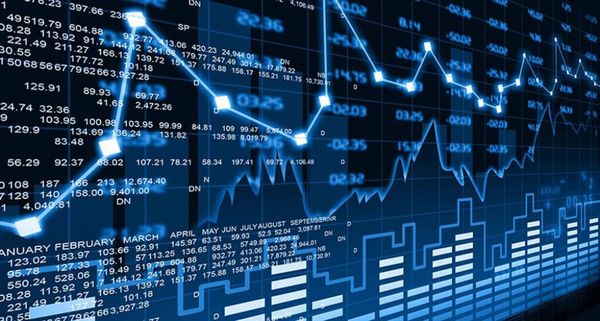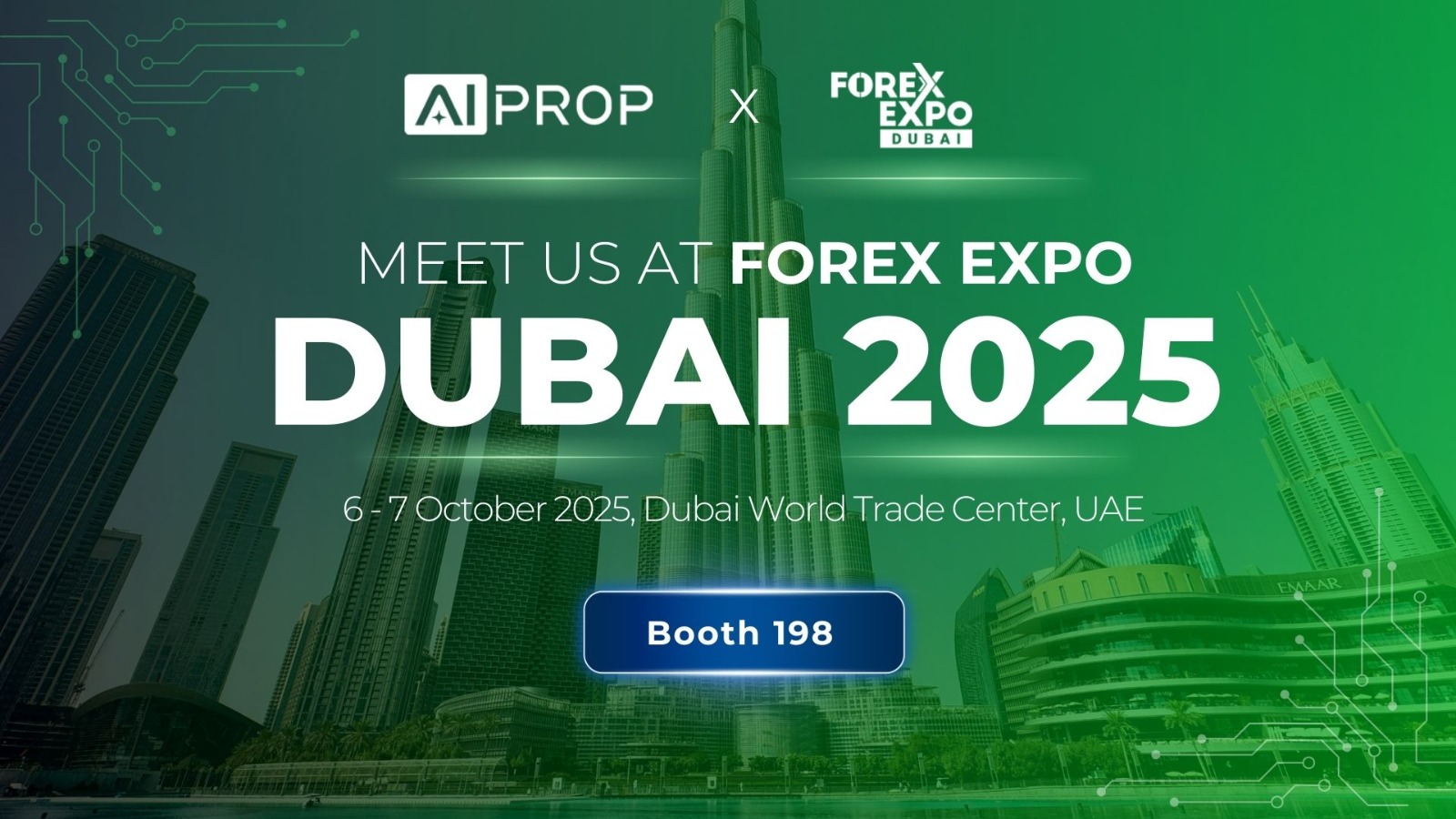Mục lục nội dung
A top tier prop firm in 2025 operates in a trading industry that looks entirely different from just a few years ago. The collapse of dozens of mid-tier firms, rising regulatory pressure, liquidity challenges, and the rise of AI-powered models have reshaped how traders and investors evaluate what truly qualifies as a top tier prop firm. Far beyond simple payout percentages or flashy marketing, traders now expect deep transparency, strong technology infrastructure, and verifiable trust. A genuine top tier prop firm is no longer defined by capital alone; it is defined by its internal systems, its risk architecture, and its ability to protect traders in an increasingly competitive landscape.
This article breaks down the must-have features of a truly top tier prop firm in 2025, while answering six critical questions traders should use when evaluating any firm claiming to be industry-leading.
What really defines a Top Tier Prop Firm in 2025 beyond payouts?

In the past, trader communities often judged prop firms by their 80–90% profit splits. Today, those numbers no longer differentiate top tier from average. A real top tier prop firm is defined by its long-term survivability, the strength of its liquidity structure, internal fund management, execution quality, and the technological depth supporting traders. While payouts matter, traders increasingly focus on the reliability of those payouts and the financial infrastructure behind them.
This shift happened because many firms collapsed after failing to manage risk properly during volatile periods. Traders now look for a firm with institutional-grade systems—those that resemble hedge-fund risk engines rather than simple evaluation programs. A top tier prop firm must provide consistent execution conditions regardless of market volatility, steady liquidity even when spreads widen, and fast internal processing for accounts and withdrawals.
Most importantly, 2025’s top tier firms are distinguished by how they combine capital with intelligence. Firms that offer AI-driven analytics, automated trade journaling, behavioral analysis, and smart-risk overlays give traders structural advantages that no retail account can match. The best firms are not just funding providers—they are full trading ecosystems.
How should investors evaluate transparency, payouts, and rule structure?

Transparency is the single biggest indicator of whether a firm deserves to be called “top tier.” While many firms still rely on manual payout approval processes or inconsistent conditions, the industry is shifting toward verifiable, provable systems. Investors should look for firms that can demonstrate every payout through public-facing proof—often through blockchain verification or independent escrow systems.
A clear rulebook is equally essential. Top tier firms do not rely on vague terms or hidden restrictions that invalidate trader accounts. Instead, they offer simple, repeatable rules that traders can understand and manage. These firms avoid unclear clauses around news trading, weekend holding, EA usage, or consistency rules. Their policies remain stable over time—not revised every 30 days like low-tier competitors.
Additionally, traders should evaluate how the firm explains its liquidity model. The leaders in 2025 openly disclose whether they use an internal broker, institutional prime broker, hybrid model, or external LP aggregation. The more visibility you have into where orders flow, the safer the trading environment becomes. A top tier prop firm never hides how it routes trades or how payouts are funded.
What technological advantages differentiate modern top tier prop firms?

Technology is one of the strongest separators between mid-tier and top tier firms. In 2025, the most competitive prop firms run on AI-enhanced infrastructure capable of analyzing market conditions, identifying trader patterns, warning about risky behaviors, and offering predictive decision support.
AI trade journals, behavioral coaching engines, and real-time risk analytics are no longer futuristic—they are standard components of top tier models. These systems help traders understand their edge, reduce emotional trading, and improve consistency. The best firms also deploy automated metrics that interpret win-rate stability, position-sizing control, volatility exposure, and fatigue-driven errors.
Equally crucial is execution technology. A leading top tier prop firm must provide:
- Deep-liquidity execution with minimal slippage
- Stable trading conditions even during high-impact news
Firms backed by regulated brokers or professional liquidity providers maintain these standards effortlessly. As a trader, the presence of AI coaching, automated risk tools, and data-driven insights indicates that the firm aims for long-term trader development—not just challenge fees.
How important is being backed by a regulated broker or strong liquidity provider?
Broker backing is one of the most important—yet most overlooked—elements separating top tier firms from unstable ones. A prop firm without a strong broker relationship often struggles with execution delays, inconsistent spreads, and liquidity gaps that directly harm traders. Even worse, unregulated or low-tier brokers expose traders to slippage manipulation, re-quotes, and payout delays.
A top tier prop firm in 2025 is almost always backed by a hybrid or fully regulated broker that provides institutional liquidity and verifiable execution conditions. This backing ensures that all trades are routed through stable pipelines rather than internal simulators. When markets spike, these partnerships protect traders from artificial limitations or unfair price distortions.
Beyond execution, strong broker backing demonstrates financial health. A prop firm with a serious broker relationship must meet internal compliance requirements, maintain liquidity reserves, respect data governance policies, and follow strict transactional procedures. These elements drastically reduce the risk of collapse, making the firm safer for traders long-term.
Which scaling structures and risk mechanics signal a truly robust top tier firm?
Scaling is a defining feature of a top tier prop firm in 2025. The evaluation phase is only the beginning; what matters is how far a trader can realistically grow. The best firms offer multi-stage scaling plans that elevate traders from initial funding to several hundred thousand dollars—sometimes reaching multi-million-dollar allocations.
However, scaling is meaningless without proper risk controls. Top tier firms balance opportunity with protection by designing stable drawdown frameworks. These include clear daily loss limits, fixed or non-trailing max drawdowns, and account protections that prevent instant liquidation from temporary volatility spikes. The firms that succeed long-term treat risk as a partnership—not a mechanism to fail traders quickly.
The strongest scaling plans include:
- Increasing capital when profit milestones are met
- Maintaining or improving profit splits as traders scale
This combination of clear risk rules and growth potential reflects a firm with real operational maturity and long-term vision.
What red flags should investors detect early—even in firms that appear “top tier”?
Surface-level marketing can make any firm appear premium. But behind the scenes, early red flags may signal deeper instability. One of the most common warning signs is a firm that frequently changes its rules, challenge fees, or trading conditions. Consistent modification often indicates liquidity stress or regulatory pressure.
Another major red flag is the lack of verifiable payout proof. In 2025, every top tier prop firm can provide transparent records—not screenshots—that confirm capital distribution. Firms that rely solely on marketing claims without data should be treated cautiously.
Additionally, traders should look for unusual behavior such as delayed withdrawals, unexplained account closures, inconsistent spreads during news, or limited communication from support teams. These signs typically predict broader operational issues that may eventually lead to shutdowns.
Final thoughts
A genuine top tier prop firm in 2025 stands at the intersection of technology, transparency, liquidity strength, and trader-centric rules. While capital and profit splits still matter, they are no longer the primary indicators of excellence. Today’s leading firms offer AI-powered ecosystems, blockchain-verified payouts, regulated broker backing, and highly structured scaling paths that empower traders to grow safely.
By evaluating firms through the six critical questions explored above, traders can differentiate truly top tier institutions from those that simply market themselves that way. And as the industry matures, the firms that prioritize transparency, stability, and technology will shape the future of global proprietary trading.













